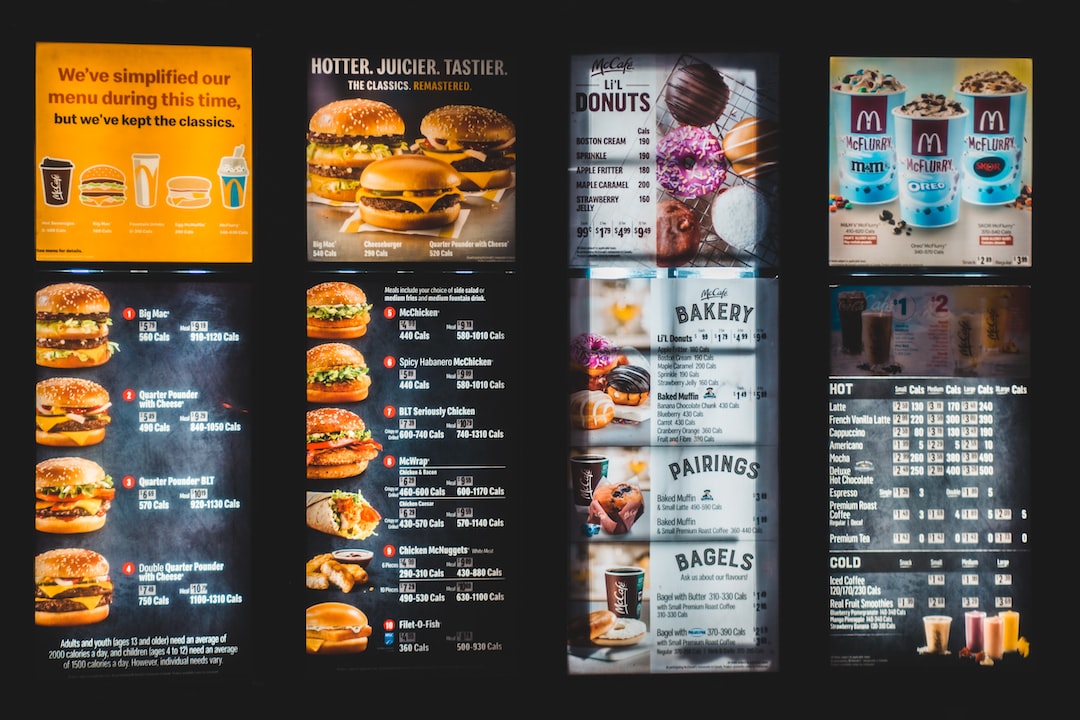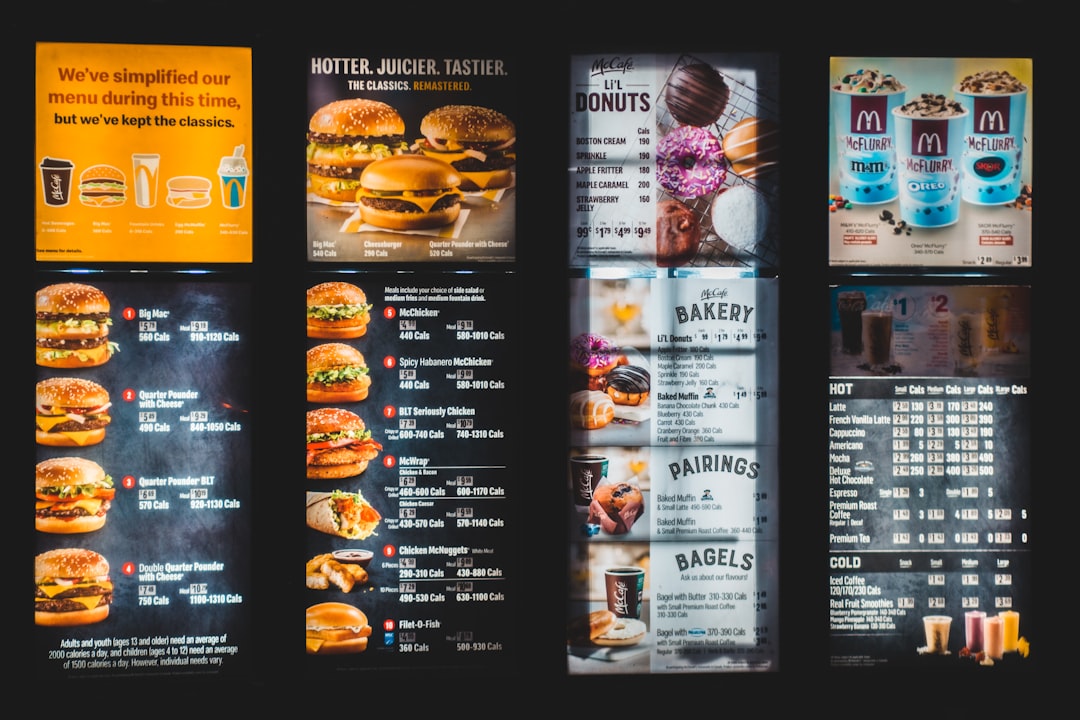Menus have long been an essential part of the dining experience. Whether in restaurants, cafes, or even at home, menus serve as a guide to the available food and beverage options. However, menus have come a long way since their inception, evolving into more than just a list of dishes.
Traditionally, menus were written on chalkboards or displayed on printed sheets of paper. These menus were simple and straightforward, listing the dishes and their respective prices. Simple typography and minimal design elements were employed to ensure clarity and legibility. While these menus fulfilled their purpose, they lacked the ability to showcase the personality and branding of the establishment.
As time went on, menus began to incorporate more design elements and creativity. Printed menus became more common, allowing for more flexibility in terms of layout and design. Restaurants started using graphics, colors, and illustrations to enhance the overall dining experience. These menus not only provided information but also served as a visual representation of the ambiance and style of the establishment.
With the advent of technology, menus took on a whole new form. Digital menus emerged as a popular choice for many businesses, particularly in the hospitality industry. These menus were displayed on screens, such as tablets or digital signage, and offered a range of interactive features.
One of the advantages of digital menus is their flexibility. Unlike traditional menus, digital menus can be easily updated and modified in real-time. This allows establishments to make changes to their offerings, prices, or specials without having to reprint or rewrite the entire menu. This flexibility also extends to the design and layout, as digital menus can incorporate multimedia elements such as images and videos to enhance the presentation of the dishes.
Another benefit of digital menus is the ability to provide additional information to the customers. By simply touching or clicking on a dish, customers can access detailed descriptions, ingredients, nutritional information, and even customer reviews. This interactivity not only enhances the dining experience but also allows customers to make more informed choices.
Furthermore, the rise of mobile applications has further revolutionized the menu experience. Many restaurants now offer their menus through dedicated mobile apps, allowing customers to browse and order directly from their smartphones. This convenience eliminates the need for physical menus altogether and streamlines the ordering process.
Additionally, mobile app menus can offer personalized recommendations based on previous orders and customer preferences. This level of customization not only saves time but also enhances the overall satisfaction of the dining experience.
As we move forward, menus will continue to evolve and adapt to technological advancements. With the rise of artificial intelligence and smart devices, we can expect menus to become even smarter and more personalized. Imagine walking into a restaurant, and the menu automatically adjusts to your dietary restrictions or allergies, providing customized options tailored just for you.





